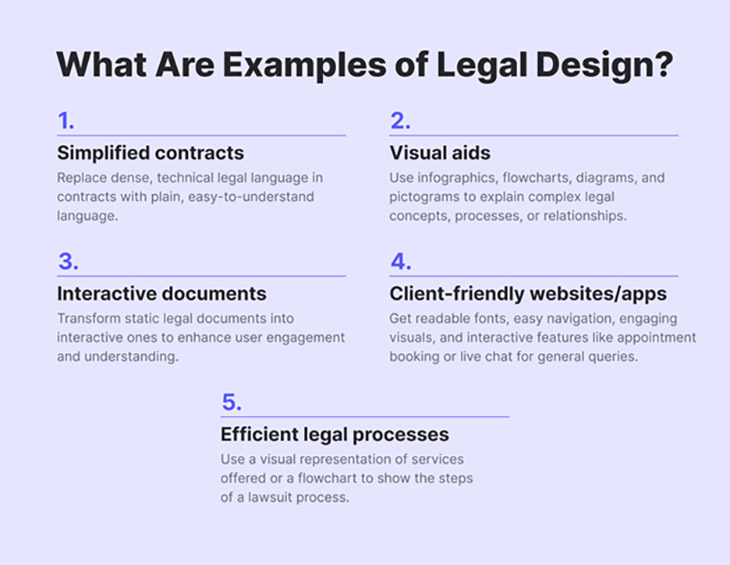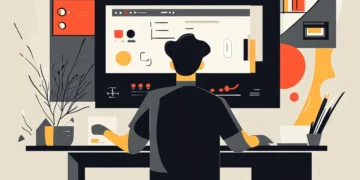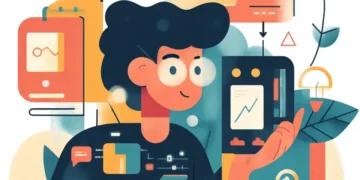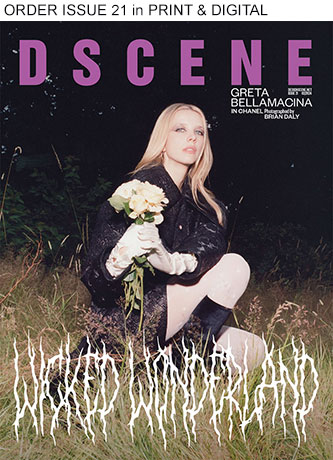
Have you encountered legal processes that are so complex they make solving a Rubik’s cube look like child’s play? If your answer is an emphatic ‘yes,’ you’re not alone.
The legal sector, known for its intricate language and obscure processes, has long been a labyrinth for the uninitiated. But with the advent of legal tech, a solution is in sight. Buckle up and prepare as we embark on a journey to decode legal design.
What is Legal Design?
In simple terms, legal design combines legal expertise with design thinking to make legal processes more user-friendly. Working with, not against, the law shouldn’t feel like solving a complex riddle. Legal design is here to ensure just that.

Consider an online platform that helps users create their own legal contracts, which exemplifies the concept of legal design. Traditionally, contract creation involves dealing with dense legal language and complex processes, often requiring the help of a legal professional, which can be time-consuming and expensive.
However, the introduction of legal design transforms this process. The platform employs a step-by-step, interactive approach to guide the user. It utilizes plain, everyday language instead of legal jargon, supplemented by tooltips explaining crucial legal terms. This ensures that users understand what they agree to before signing the contract.
Moreover, design elements like intuitive layouts, engaging visuals, and user-friendly navigation aid in simplifying the process. For instance, the platform might use draggable elements for users to personalize their contracts or visual timelines to track progress in contract negotiation.

Such a platform is a manifestation of legal design. It takes a complex legal process – contract creation – and transforms it into a user-friendly experience that combines legal accuracy with design effectiveness, making legal tasks more accessible to everyone.
Let’s break down the key characteristics of legal design:
- Simplicity: The whole point of legal design is to simplify complex legalities. Legal design aims to ‘humanize’ legal procedures using elements like infographics, flowcharts, and easy-to-understand language.
- User-friendly: Legal design makes processes easy to navigate. It’s the equivalent of putting up “this way” signs in a maze.
- Functionality: While looking good is part of design, functionality is the crux of legal design. It’s about creating processes that work efficiently.
- Transparency: When it’s about law, transparency matters. The legal design emphasizes keeping users informed every step of the way.
Legal design is more than a concept – it’s a constructive transformation to conventional legal methodologies. So, what’s the impact of the legal design:
- Democratizing law: Legal design revolutionizes accessibility, stripping down the alien language, complicated phrases, and intricate procedures that made law notoriously intimidating. Users can interact with legal processes without a law degree through platforms that embrace legal design principles. A classic example is Lawrina, a platform that distills the intricacies of law into user-friendly services.
- Creating efficiencies: Ever wondered, “Why does red tape exist even in the digital age?” Legal design can listen to and turn this distress signal around for good. Streamlining processes and shrinking jargon-filled word heaps into clear, concise language pave the way for efficiency. Less time untangling complex terminology means more time for meaningful tasks, enhancing productivity.
- Boosting compliance: When individuals and businesses understand precisely what they’re required to do, the chances of adherence increase significantly. The legal design makes the law less scary and more friendly.
Platforms embodying legal design principles have shown that legal processes don’t need to be arduous and complex. By reshaping conventional legal complexities into an understandable, comprehendible format, such legal tech platforms give us a glimpse of what effective legal design should look like.

Where You Can Apply Legal Design
Given its transformative potential, legal design can be applied to a vast array of areas, serving to not only simplify and demystify the complex world of law but also make it more accessible to everyone. Here are a few key areas where legal design can make a significant impact:
- Legal documents: Often packed with dense legalese, documents like contracts, policies, and agreements can benefit immensely from legal design. Using plain language and visual tools like charts and infographics can make these documents more understandable and less intimidating.
- Legal tech platforms: Legal design can greatly enhance the user-friendliness of legal tech platforms. Design principles can be used to create intuitive interfaces and processes, making the law more accessible for non-lawyers.
- Legal procedures: From court procedures to regulatory compliance processes, legal design can transform these often confusing and complex procedures into easier to navigate and understand.
- Laws & Regulations: Understanding national, regional, or city laws and industry-specific regulations is often daunting. Legal design can be used to present these laws and regulations more understandably.
- Legal education: Legal design principles can be used to develop interactive and engaging educational materials, making learning law more interactive and less overwhelming for students or anyone interested in understanding the law.
- Law offices: Integrating legal design in daily operations, from client communication to case management, can enhance efficiency and client satisfaction.
- Legal marketing: Legal firms can use legal design in developing their marketing materials to make them more engaging, clear, and effective.
- Dispute resolution: Legal design can make dispute resolution processes less adversarial and more amicable, with easy-to-understand visuals and processes designed for better communication.
The sphere of influence of legal design continues to expand, paving the way for a legal world that is democratized, efficient, and user-friendly. Consider it a mere concept and a potent tool equipped to humanize the law, bridging the gap between legal professionals and those they serve.
How Designers Can Start Using Legal Design
Taking the plunge into legal design might initially seem intimidating; however, with the right roadmap, the journey can be both fulfilling and revolutionary. So, how can graphic designers, UX/UI designers, or anyone interested in this burgeoning field get started?
Gain Legal Knowledge
While legal design combines the worlds of design and law, it’s integral to equip oneself with foundational legal knowledge. Understanding law basics ensures you can translate complex legal jargon into a visual or user-friendly format and serve your audience effectively.
Identify the Problem Areas
Ascertain which areas or processes in law can be simplified or enhanced. This could be anything from creating visually appealing infographics to deciphering convoluted legal terms or revamping the UI/UX of databases for lawyers. The more specific you are with identifying problem areas, the more effective your design strategy will be.
Empathize With the User
Design is all about advocating for the user’s needs. Recognizing and empathizing with users – whether they’re lawyers seeking streamlined processes or individuals trying to understand legal terminologies – is key. Use this empathy to guide your design and create practical, engaging, and satisfying solutions.
Iterate and Improve
Rome wasn’t built in a day, and neither is a legal design. Your first draft may not be perfect – and that’s okay. Use feedback from professionals in the field and users to refine and improve your design. Remember, the ultimate goal is to evolve complex processes into accessible, user-friendly experiences.

Legal Design Checklist for Designers
So, how do you check if your design counts as one based on legal design principles? Here’s a simple yet effective checklist that will guide you on your path:
- User centricity: Is your design prioritizing the needs of the user? Remember, the major goal of legal design is to make legal information and processes easier for the layperson to understand and navigate.
- Simplicity: Does your design simplify the intricacies of legal terminology and processes? Have you used visuals, infographics, or plain language to demystify legal jargon?
- Transparency: Is your design up-front and clear about the legal process? A transparent design should keep the user informed about where they are in the process and their obligations and rights.
- Functionality: Does your design just look good, or does it also improve the functionality and efficiency of legal processes? Legal design is about more than aesthetics — it’s about creating solutions that work.
- Interactivity: Is your design engaging and interactive? An effective legal design can make the user an active participant rather than a passive observer.
- Accessibility: Have you considered all users in your design, including those with disabilities? Legal design should be accessible to everyone, regardless of their tech-savviness or physical abilities.
- Feedback mechanism: Does your design incorporate ways for users to give feedback? A good design prompts iteration, and user feedback is invaluable to improve the design and make it user-centric.
- Legal accuracy: While simplifying the legal language, did your design maintain the accuracy of the legal information? Balancing simplicity and accuracy is crucial in legal design.
Remember, continually iterate your design based on feedback and changes in the legal or technological landscapes.
Does the Future Belong to Legal Design?
Legal design represents a dynamic fusion of law and design, a transformative approach aiming to unscramble the convolutions of legal processes. Rounded, practical, and centered on the user, it promotes efficiency and democratizes access to legal information and procedures.
Legal design invites us to ask pertinent questions, rethink complicated legal systems, and foster a user-friendly legal landscape. The journey may be a complex one, but it’s worthwhile.



















